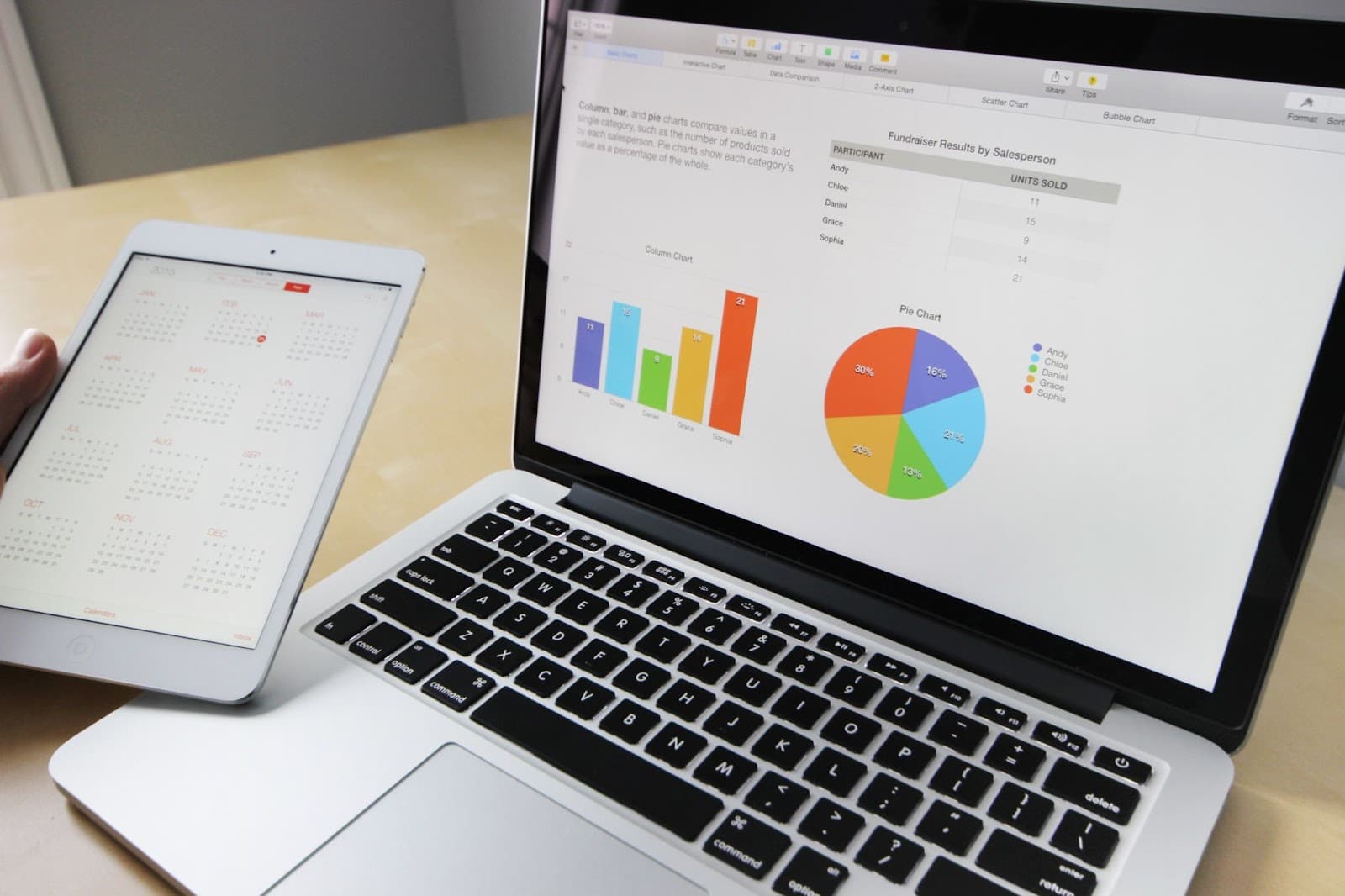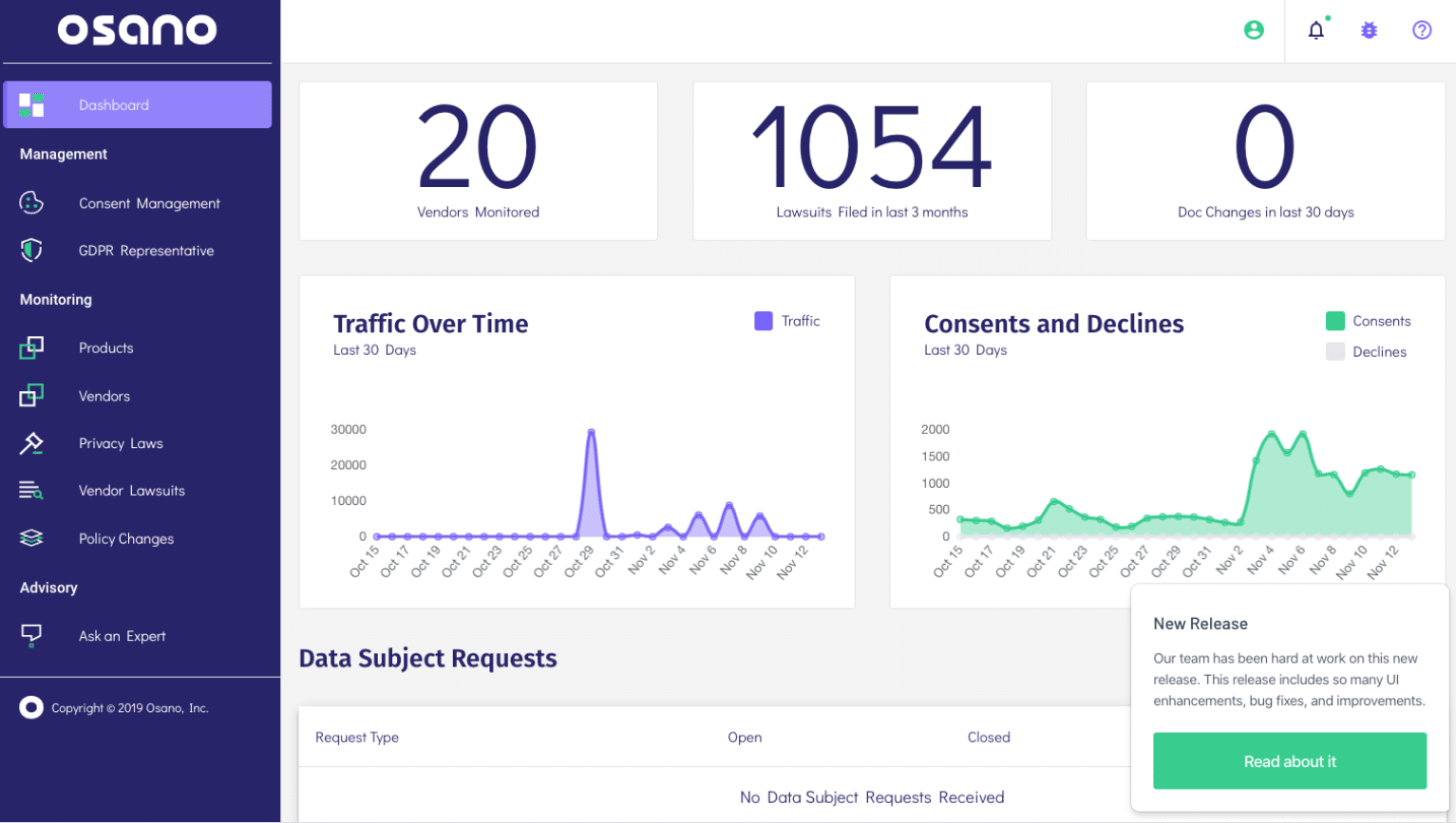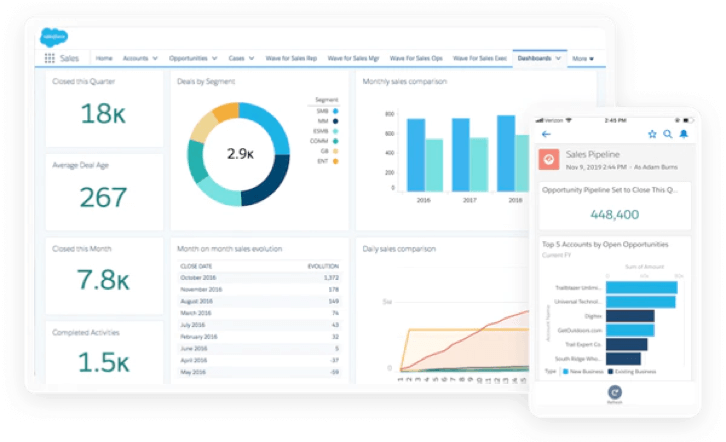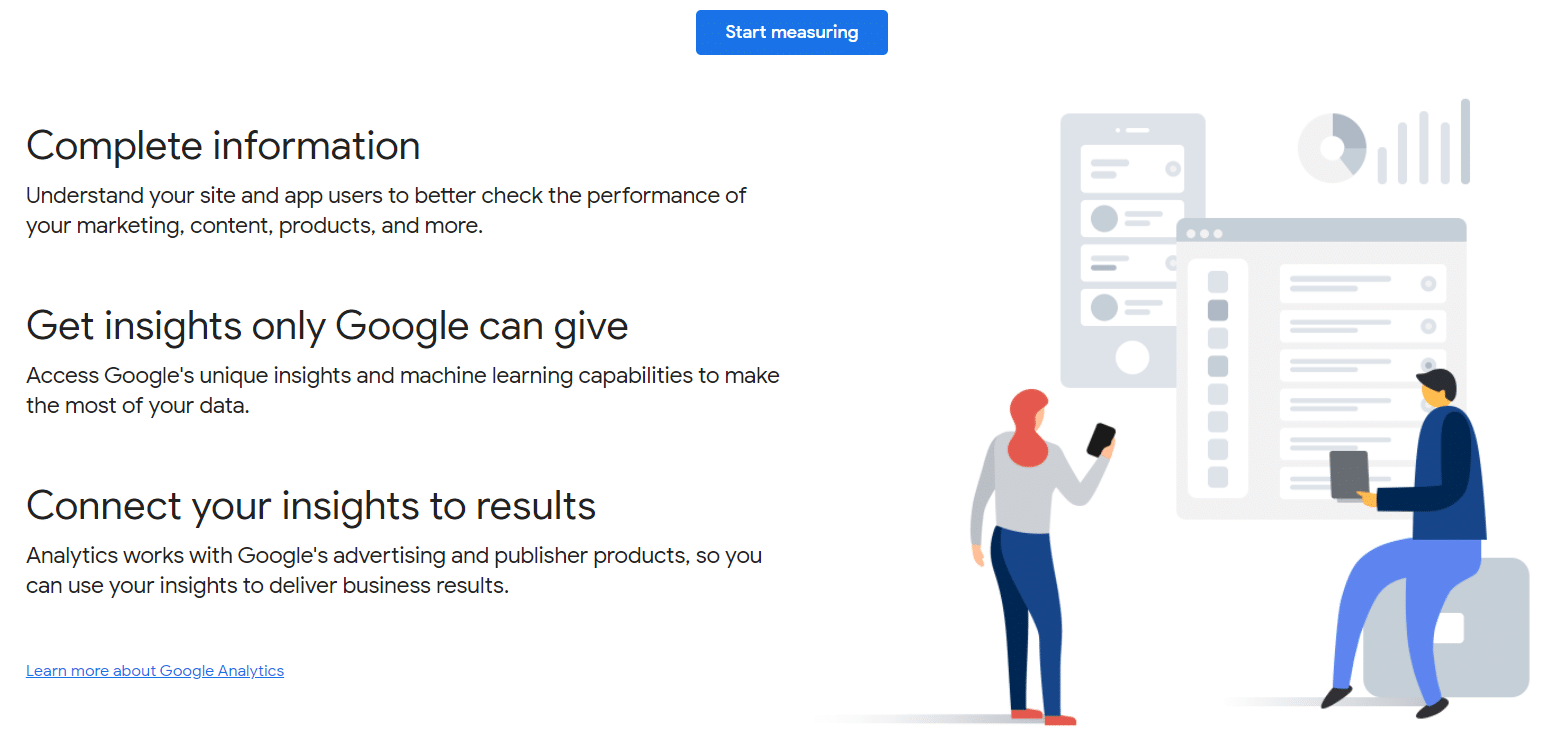Risks and Opportunities of Data-Driven Marketing in 2022
Not so long ago, if someone told us that we’d have so much data about customers, we’d hardly believe them. Marketers of today have the most valuable tool at their disposal – customer data to use to create strategies that bring great results.
This has proven to be so successful that most marketers use data as their primary asset for marketing. Those that don’t, are planning to add it to their strategy. According to Invespcro, businesses that implement data-driven marketing strategies drive 5 to 8 times more ROI than businesses that don’t.
Of course, this strategy also comes with its risks and challenges. You need to know which opportunities to grab – and how, as well as what to avoid to create a successful strategy. In this post, we’ll discuss those trends and opportunities, as well as the things you should be cautious about.
First things first, though. Let’s see what data-driven marketing encompasses.
What Is Data-Driven Marketing?
Data-driven marketing is a plan, a strategy that uses consumer data as its base. Consumer data is collected in many ways, including interactions with the brand as well as artificial intelligence and third parties.
Consumer data is very helpful for brands. It shows them the buyers’ motivations, behaviors, and preferences. Since personalized and targeted marketing is most likely to attract buyers, marketers collect and use such data to deliver the best experience.
Risks to Be Aware of if You Opt for Data-Driven Marketing
The opportunities for using consumer data for marketing are tremendous. However, before you start collecting and using any information about your customers, you should be aware of the risks and laws that concern your business.
Data privacy laws change constantly
Data privacy laws have changed a lot over the years. The world is changing regulations and strategies to protect consumers from criminals, misuse of information, and harm to their privacy. That being said, the biggest risk that comes with collecting customer data and using it for marketing lies in privacy laws.
As long as you know about these laws and keep track of the changes, there’s no problem in creating a data-driven strategy. For that purpose, Osano has put together this informative guide to data privacy laws that you should look through.
The guide shares the latest privacy laws and updates set by various countries. You can use it to learn about different countries’ laws and how they enact them to regulate the collection and usage of data.
Failure to follow these laws can be very costly for your business, and may even bring up a lawsuit and prohibition of your site’s usage. That being said, you need to learn to navigate these regulations and make sure that you’re protecting the customers when using their data.
Osano can help you greatly with this. It’s a data privacy platform that will make your site compliant with laws and regulations in your state and country, and monitor the privacy practices of your vendors.
Your focus should not be on numbers
Brands that focus solely on data-driven strategies are focused solely on numbers instead of behavior. Yes, this information usually comes in the form of numbers and reports, especially if you use AI to collect it.
However, if you view customer data as numbers and do not focus on the people who provided it to you, the only thing you’ll be able to create with your marketing strategies is a plain, non-personalized tool that might bring people to your brand, but won’t keep them interested. Forbes has created a great guide on the risks that come with using customer data this way that you should definitely read.
Data is not always accurate
There are plenty of ways to collect consumer data. You can use AI, a variety of software solutions, keep track of the communication between customers and your business, go through their previous orders and behaviors, conduct surveys, and more.
However, instead of trusting this data blindly, you need to research more thoroughly and consider bias. People won’t always look for the right keyword or fill out your surveys honestly. Relying too strongly on consumer data can only work if you have tons of information and are certain that you can offer exactly what your customers need.
Best Practices and Opportunities for Data-Driven Marketing
Being aware of the risks is very important because it allows you to make the best out of your data-driven marketing strategy. Businesses can benefit greatly from data-driven strategies, but only if they know of such risks and know what opportunities to use.
With this in mind, we’d like to present to you the best opportunities and practices for this type of marketing.
1. Use a variety of data sources to inform your strategy
How often have you looked for a product online and been targeted with ads about related options all across the internet? This is how data-driven marketing works – companies use your behaviors and interests to find you and offer you the solution you are looking for.
This can only work for your business if you collect tons of information to make informed decisions. There are many ways and places to get this data. Ideally, you should collect it all in a single place, possibly a centralized location like a CRM. If you do so, you can easily analyze the data and make decisions about your strategies based on all the information.
But, how do you collect this information in the first place?
For starters, there’s the CRM data. Many businesses today use customer relationship management platforms to get insights about their customers. Tools like Salesforce gather data on customer interactions across all the channels that the brand uses, store them in a single location, and help them segment and organize the information to make the best decision possible.
Next is web analytics data that you can collect with tools like Google Analytics. This simple, yet widely used web tool will give you useful information about consumers and their interactions on your website.
In addition to getting data about your website activity and usage, you can also collect data about your mobile app usage. If you have an application, you can use analytics tools to see how users spend time on it, what their favorite features are, and more. You can then use all of this data to personalize and improve their experience.
Of course, let’s also not forget about social media ads and their ability to track and use behavior data, as well as traditional methods like surveys that you can implement to collect data from your customers. Read this CNBC article to find out more about social media ad tracking.
2. Segment the data before you use it
All that information in your hands can be used to improve the experience of users and boost your brand. It can also do nothing for you if you don’t know how to use it or haven’t organized it well.
This is why the second most important step for you is to segment your data. The data you collected is only a good opportunity if you find the right way to utilize it in your marketing.
There are many ways to segment your data, just as there are many ways to segment your audience. This will depend on your marketing goals.
If you want to offer a new, improved product, you need data about customers’ past purchases, their pain points, their communication with your company, the trends in the industry, etc.
If you want more site traffic, you need analytics’ data about the number of people that visited it, the time they spent on it, the pages they visited, the action they took, any surveys you’ve implemented about it, etc.
As you can see, there are many opportunities for you to use the data you collect. It’s very important to narrow down how you can use the data you collected to grab those opportunities.
3. Personalize the customer experience based on interactions
Personalization is the best opportunity for growth you have today. People love brands that offer a personalized experience. Amid so much competition, the only way for you to stand out by using data is to make your strategy more personal.
Starting with your website to your content to your social media presence – you can use the data to tailor the customer experience and make your brand recognized by your target audience.
You already know what people said on the phone or in the live chat when they spoke to your agents. You know how they commented on your social posts, how they used your website, and what caused them the troubles.
This gives you a unique opportunity to optimize the website design and navigation, use data to tailor and improve your content across different platforms, and personalize their experience by providing smoother communication and better service.
Time to use some data to grow your brand!
Data collection takes time and requires a lot of effort on your behalf. Thankfully, there are tools and methods to help you with this. This is the first step of your great marketing plan. The second is to make sure that you avoid the risks that come with data-driven marketing and use the great opportunities it offers you. So, get to work – start researching your options, the trends, and offer your customers the best experience possible!
Sell more, understand your customers’ journey for free!
Sales and Marketing teams spend millions of dollars to bring visitors to your website. But do you track your customer’s journey? Do you know who buys and why?
Around 8% of your website traffic will sign up on your lead forms. What happens to the other 92% of your traffic? Can you identify your visiting accounts? Can you engage and retarget your qualified visitors even if they are not identified?






